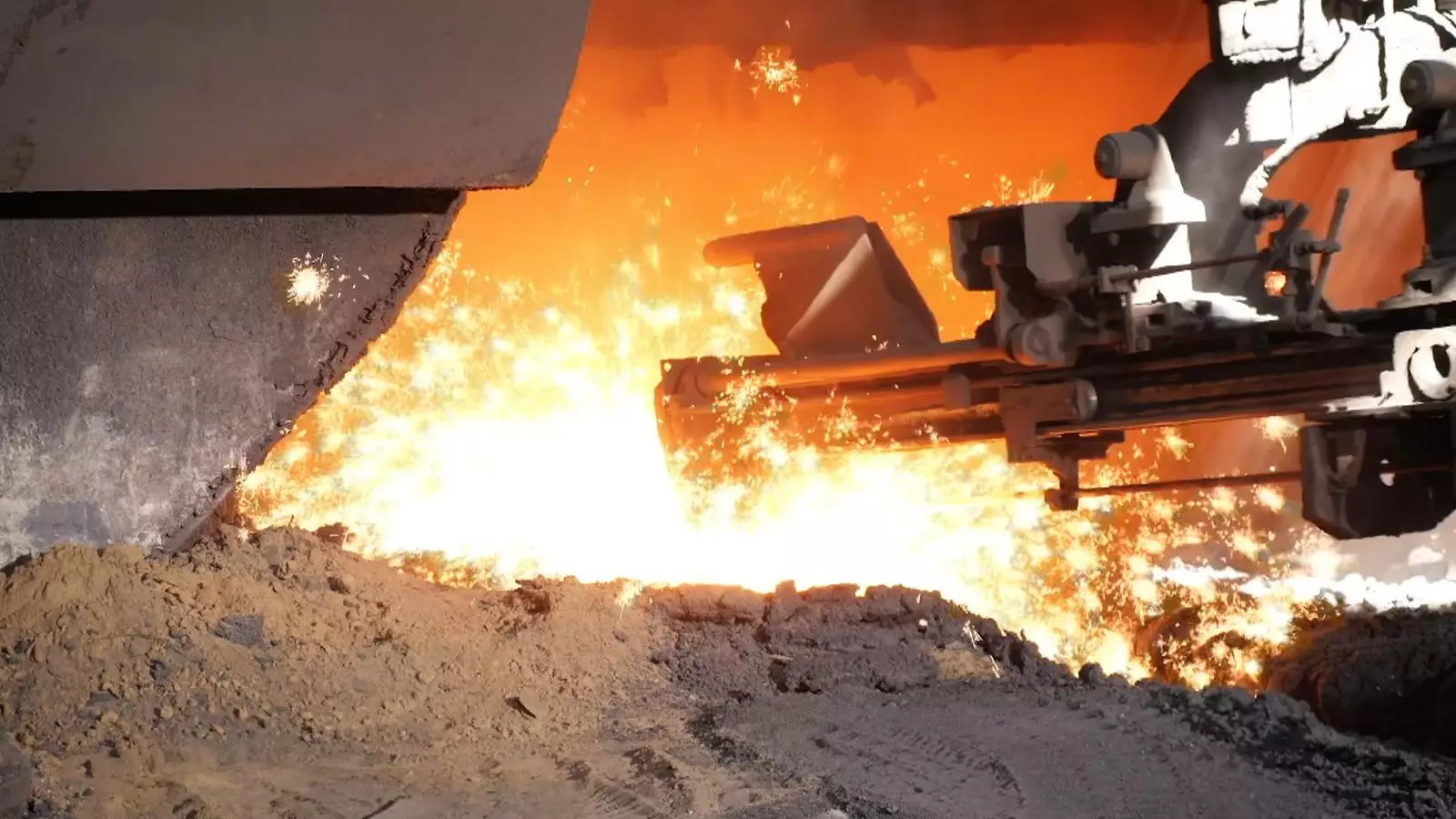As the last bastions of traditional steel manufacturing within the United Kingdom hover on the brink of an irreversible shutdown, the repercussions extend far beyond the walls of Scunthorpe. The recent decision by Jingye, the Chinese conglomerate that owns British Steel, to shutter the supply of vital raw materials like iron ore and coal raises disturbing questions about the future of not only the industry but also the country’s infrastructure and labor markets. The pivot away from domestic steel production emerges against a backdrop of international trade tensions and a burgeoning reliance on foreign supply chains in a world increasingly fraught with geopolitical risks.
The net outcome? A potential existential crisis for the very fabric of British steel industry and its countless downstream applications in construction and transportation.
The Unraveling of UK Steel Production
The announcement that the two remaining UK blast furnaces could face closure as early as next month is alarming. The timeline is unforgiving; negotiations entangled in bureaucratic inertia seem to be racing against the clock. Once the lifeblood of a thriving industry, these furnaces are now operating under the shadow of uncertainty, as Jingye’s management expresses skepticism towards a government offer of £500 million aimed at modernizing production methods.
It’s hard not to view this situation through a lens of irony; a nation seeking to become more sustainable is now having to contend with a company that finds the allure of traditional processes outstripped by the promise of electric arc technology elsewhere. This makes a strong case for a national restructuring of the strategic industry. In the face of cutthroat global competition, the government’s indecisiveness not only bodes ill for the health of the steel sector but also raises existential questions about Britain’s economic sovereignty.
Nationalisation: A Double-Edged Sword
The mere suggestion of nationalisation for the Scunthorpe blast furnaces is a contentious one, revealing the wider ideological schisms within British politics today. Advocates of a robust public ownership model might contend that it’s a crucial measure to safeguard jobs and preserve critical infrastructure—a sentiment echoed across left-leaning circles.
However, critics are quick to point out the unpredictable dangers of such a move, particularly concerning the exposure of taxpayers to potentially perpetual financial losses. Scenarios where public funds are funneled into an underperforming business should give every taxpayer pause. The lingering shadow of a failed investment looms ominously; could we see the same fate befall nationalised steel as we witnessed in the coal sector?
The calculus here is painfully complex. While nationalisation might offer a temporary shield against foreign ownership manipulation or supply disruptions, it raises questions of efficiency and accountability. Agendas and bureaucracies move slowly, and what the UK requires now is nimble and innovative solutions—a stark contrast to the staid and ponderous nature of government intervention.
The Broader Implications of Steel Dependency
As the domestic steel industry faces a crisis, the ramifications extend far beyond manufacturing. British Steel’s role as a key supplier for vital infrastructure, including railways operated by Network Rail, underscores the critical need for regional steel production capacity. Losing these furnaces would position Britain at a disadvantage, increasing reliance on iron and steel imports from an uncertain international marketplace—factors that could hinder national security and economic stability.
The stakes are significant and not merely theoretical. As the specter of a new trade war looms, marked by rising tensions with the United States under a renewed Trump administration, the urgency for local control over essential materials becomes paramount. The industry faces threats that aren’t just economic but geopolitical, and as countries grapple with securing their supply chains, the appetite for dependable domestic production is crucial.
The Path Forward: A Call for Innovation and Strategic Vision
If the UK wishes to reclaim its role as a leader in steel production, it requires visionary leadership willing to view the challenges as opportunities. Instead of succumbing to an inevitable decline, stakeholders must invest in research and development. Transitioning to more sustainable production processes, leveraging technological advancements in metallurgy and production, and securing political willpower for strategic investments could provide a revitalized future for steel in the UK.
In this moment of uncertainty, only through an innovative and strategic approach can Britain hope to avert an economic disaster—one that could be among the most consequential chapters in its industrial history.

